Just days after the BLM announced their proposed supplementary rule which would prioritize conservation, the US Forest Service released a proposed rule that also has the same deadline, June 20, 2023 for public comment. Please join with BRC and others and submit a comment to the U.S. Forest Service that another bureaucratic rule is not the answer to healthy forests- proactive management is.
Full Briefing:
Due to increasing wildfires across national forests the U.S. Forest Service has issued a proposed rule seeking public comment on organization, functions and procedures of the USFS. Recently, Randy Moore the Chief of the U.S. Forest Service was questioned by the House Natural Resources Committee. Representatives on both sides of the aisle called for better management of our nations forests as homes and lives have been utterly destroyed through the mismanagement of our national forests.
The real problem is the lawsuits that come from environmental groups when the USFS tries to move forward with vegetation projects that help manage the land for hazard fuels. In a recent interview Moore said, “We need to identify publicly acceptable ways to reduce the vegetation buildups that are fueling these wildfires.” What exactly is “publicly acceptable”? BRC recently participated in objection resolution meetings for national forests in California to move forward with hazardous tree removal along roads. The fact that environmental groups showed up to oppose the project proves there will never be “publicly acceptable” forest treatments and management for these environmental groups.
In addition to hazardous tree removals, which make burned forests accessible, vegetation reduction treatments remove fuels that propel wildfire and allow for continued access for management and emergency response teams. It is also clear that years spent eliminating roads in our national forest has resulted in a loss of the fire break that roads create. In the hearing, “Moore acknowledged that environmental groups’ lawsuits over timber projects and endangered species along with previous policy decisions to limit access to roadless areas in the National Forest System made it harder to treat areas.”
“Currently the Forest Service commercially harvests one tenth of one percent of acres within the National Forest System each year,” according to the proposed rule. There are over 193 million acres of forest service land. This equates to the Forest Service harvesting only 193,000 acres. The USFS data shows that wildfire, insects and disease has adversely impacted more than 25 percent of the 193 million acres across the National Forest System. The math simply does not add up why environmental groups will not support more management of our nations forests.
We don’t need to prioritize conservation on public land. We need to prioritize management.


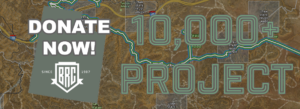
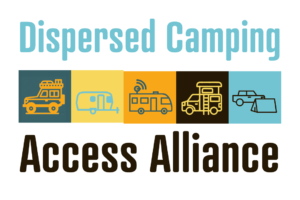
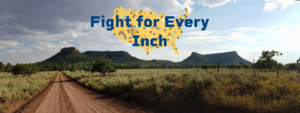
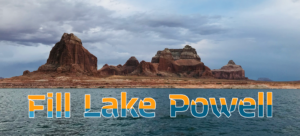
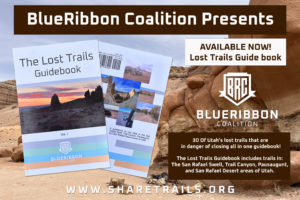
I am in support of more management of our nations forests